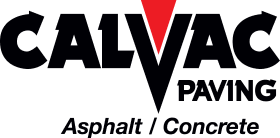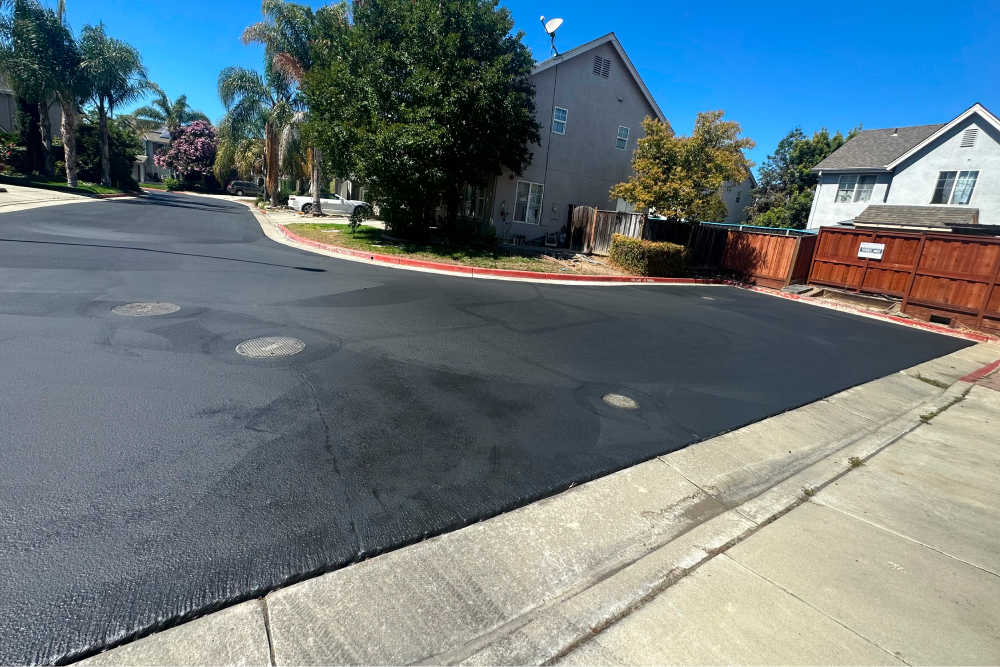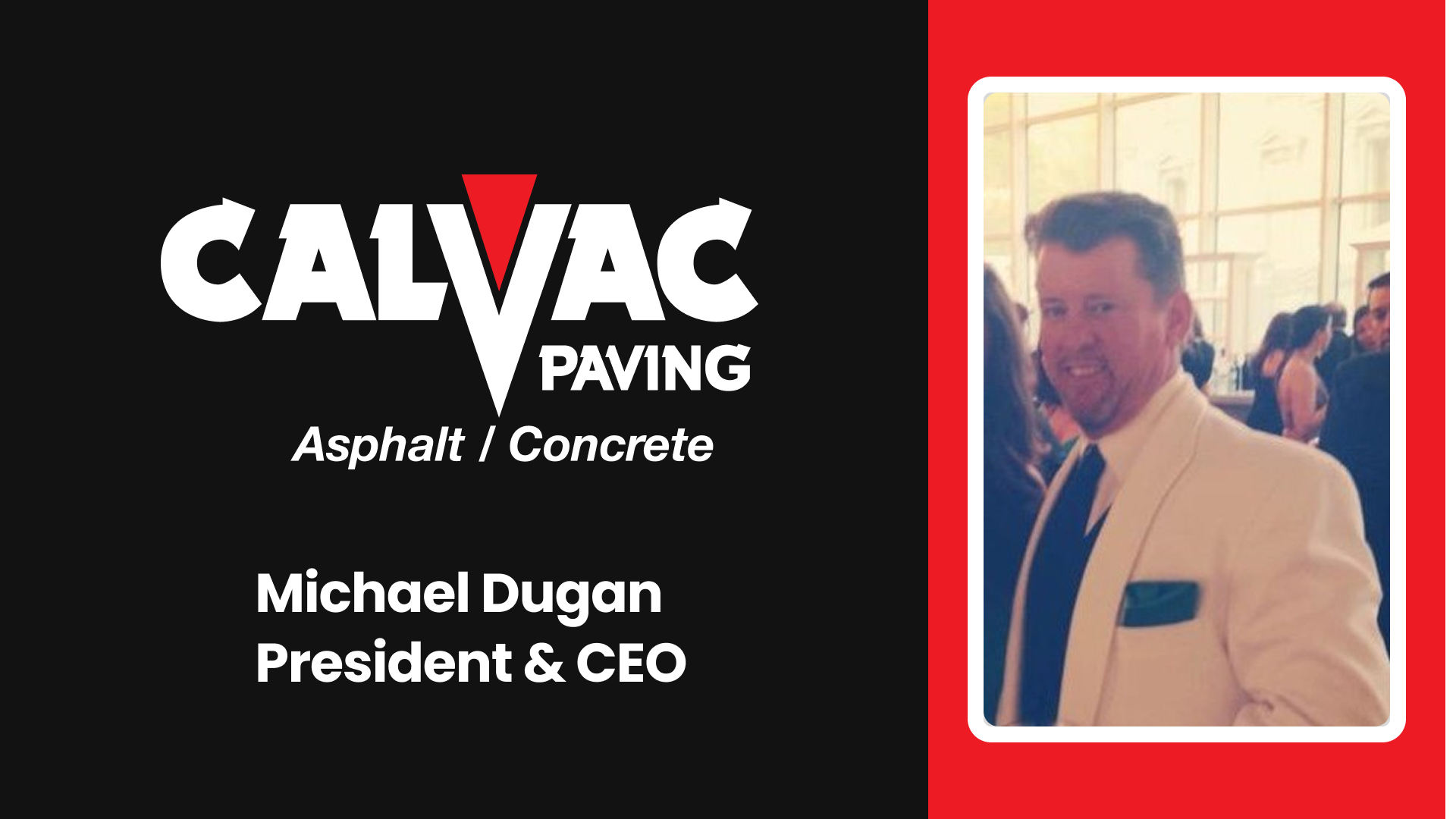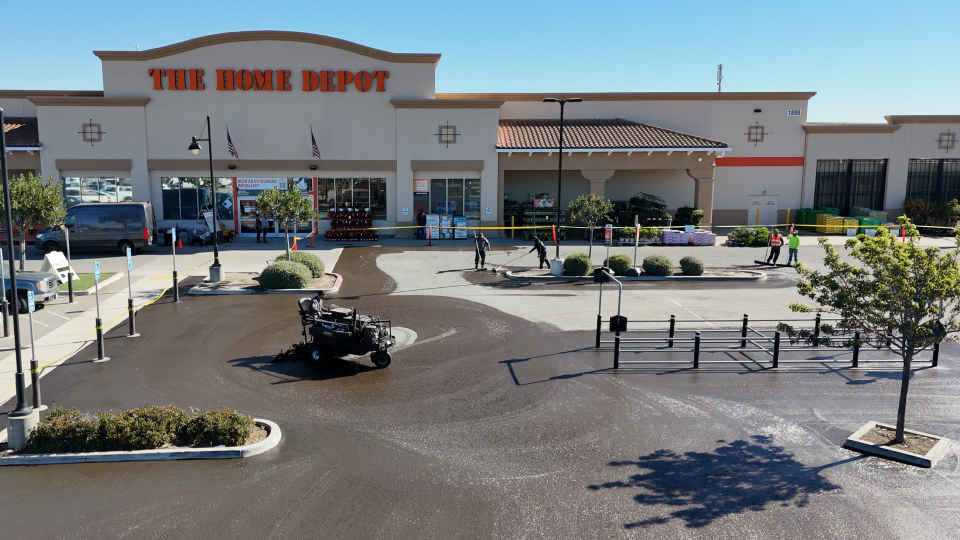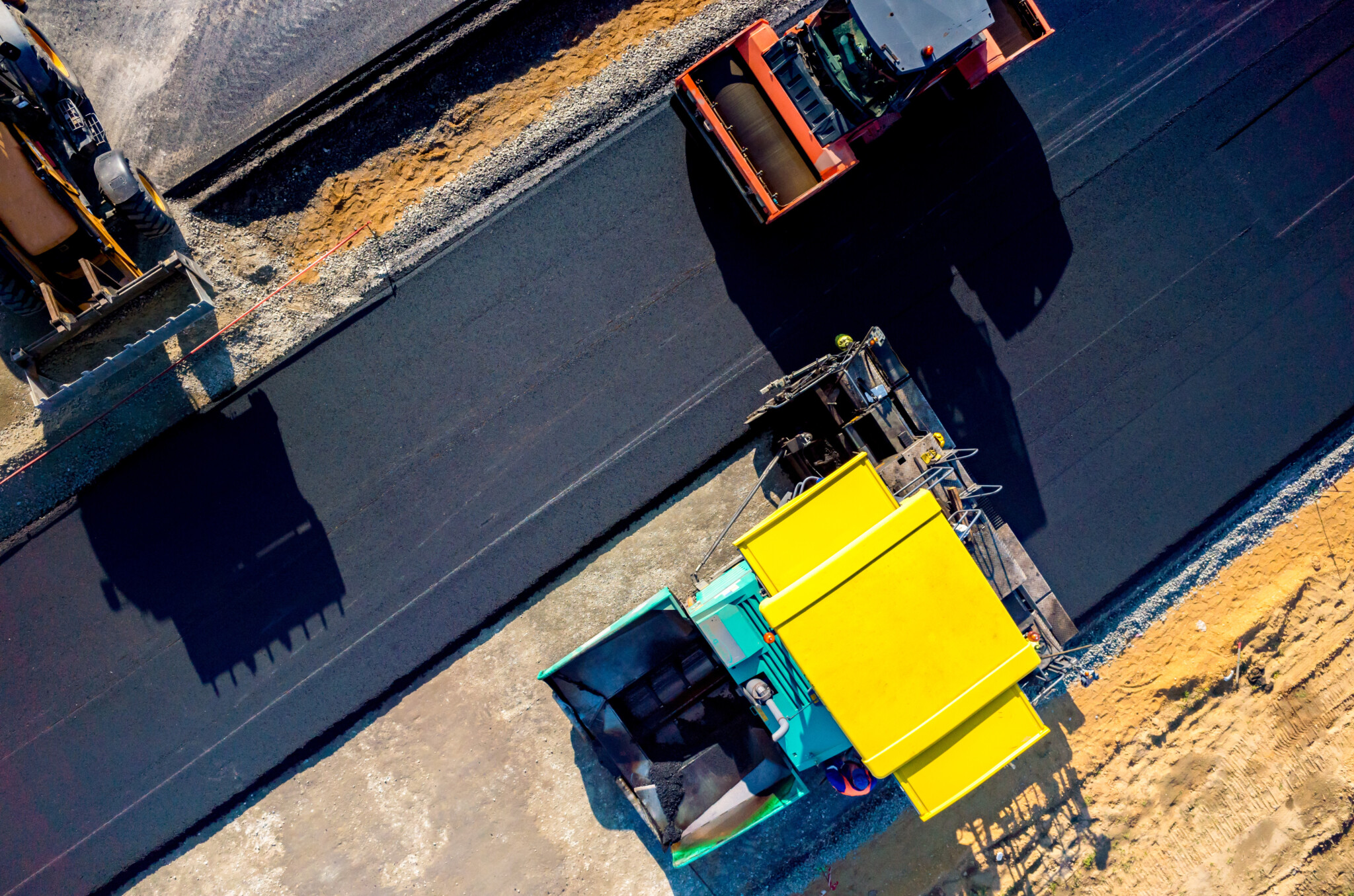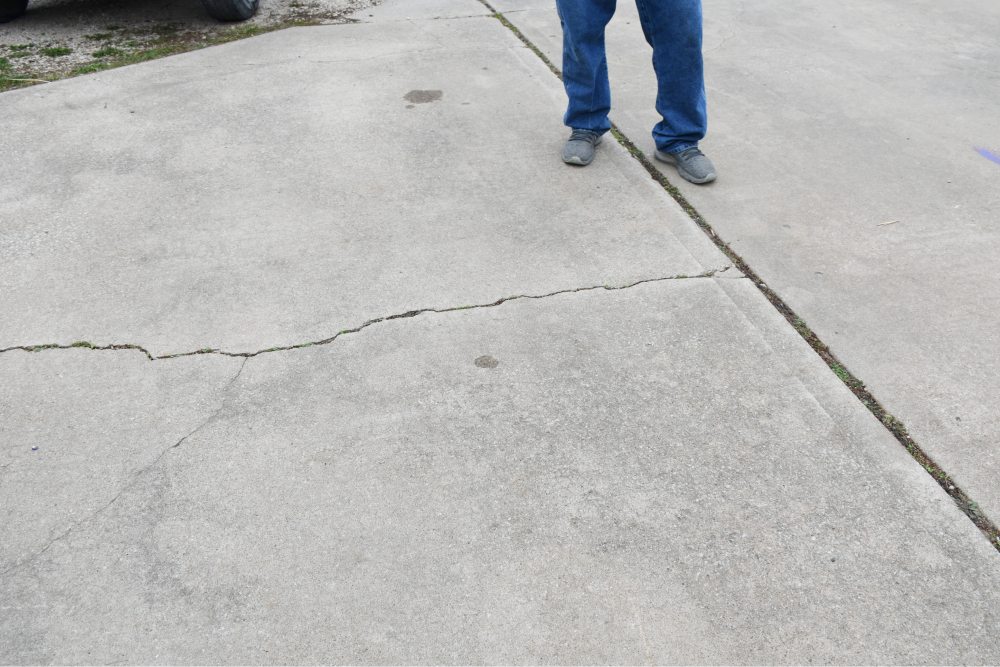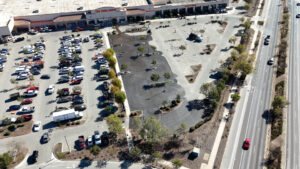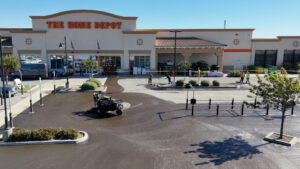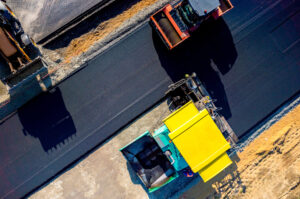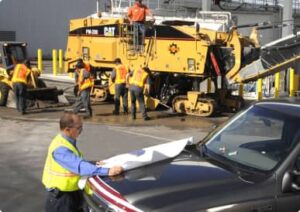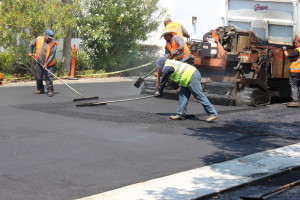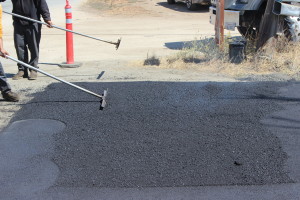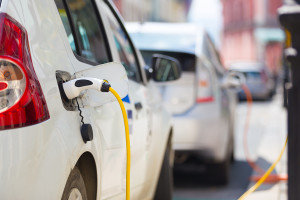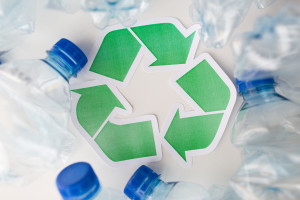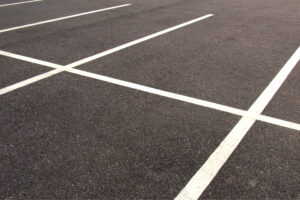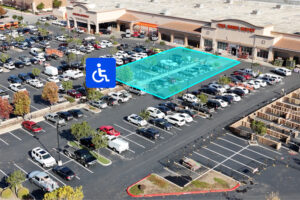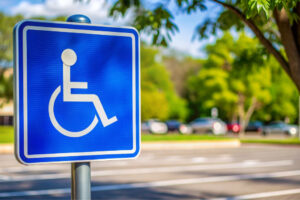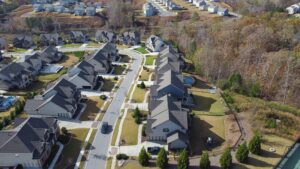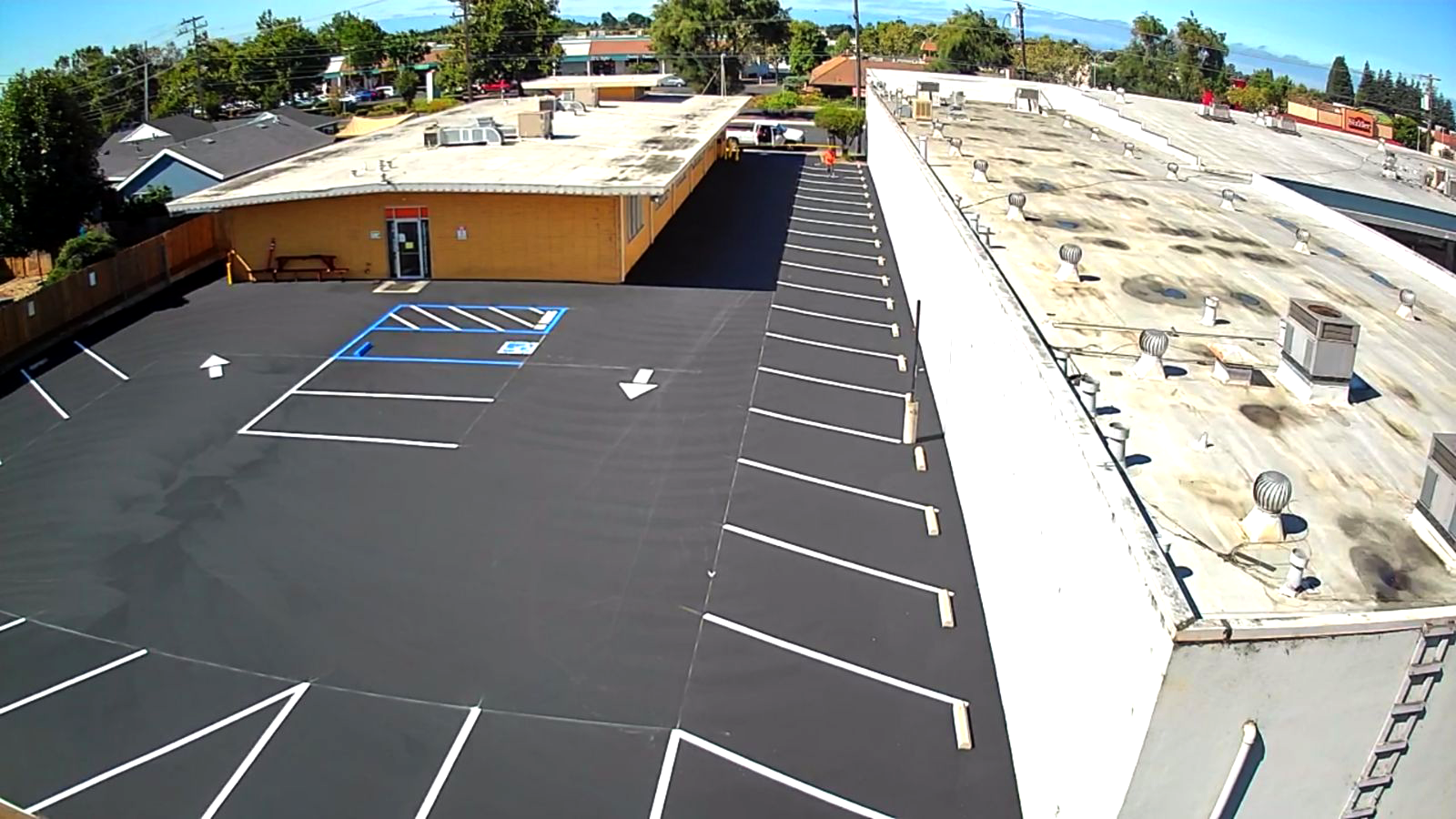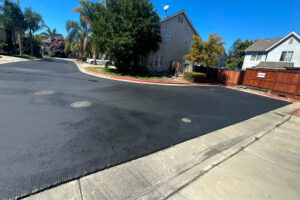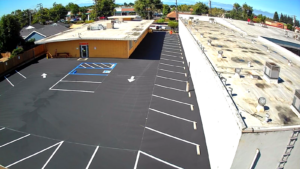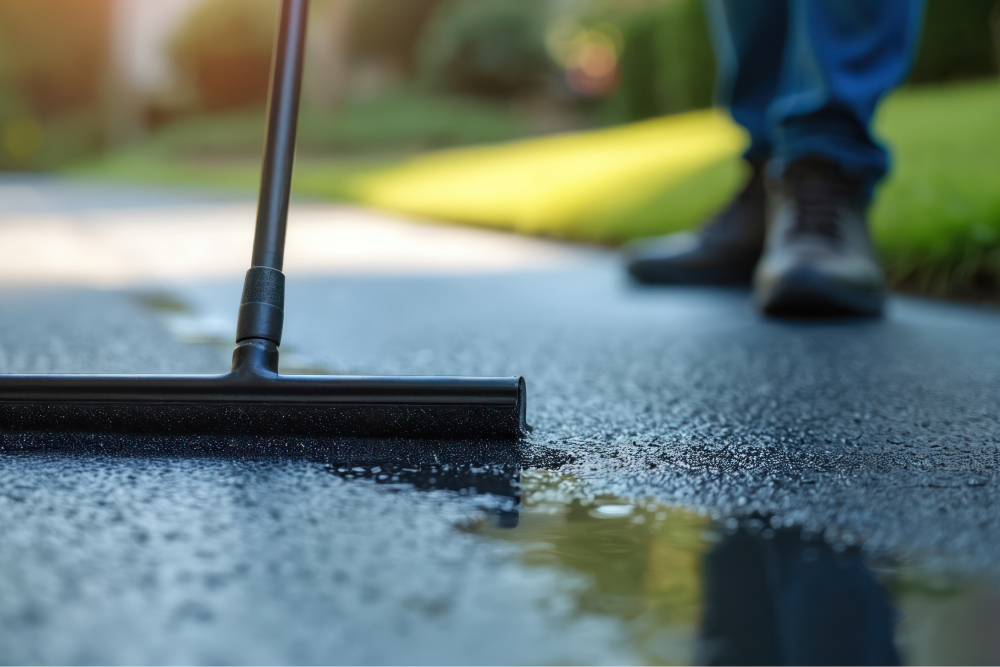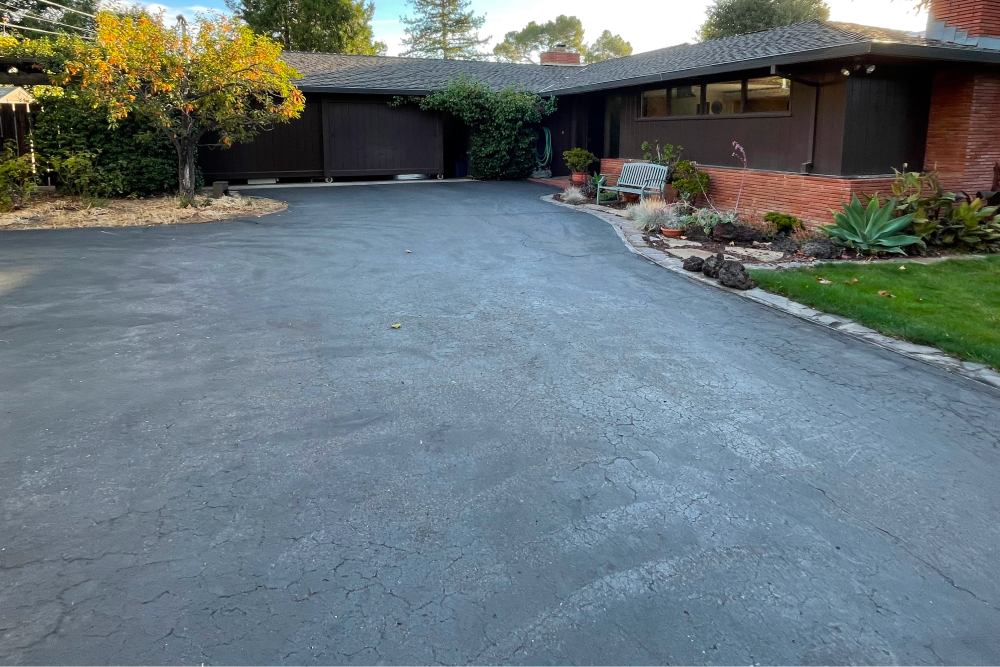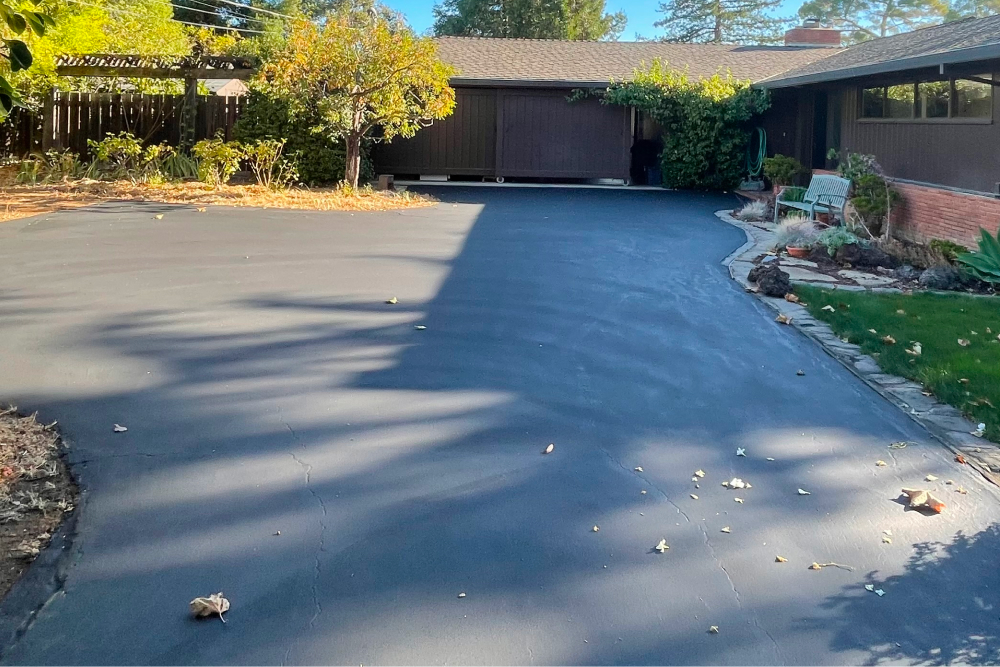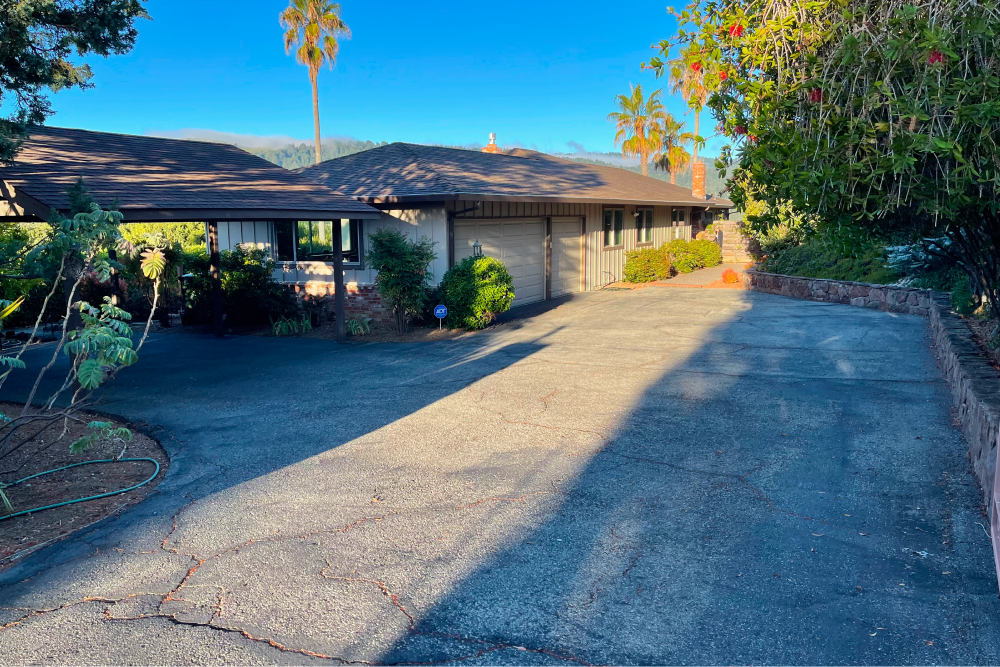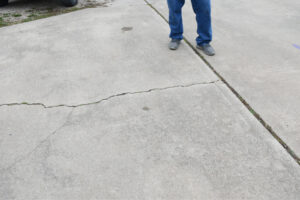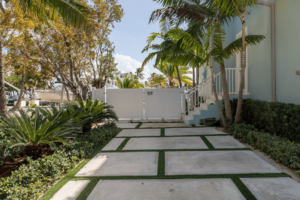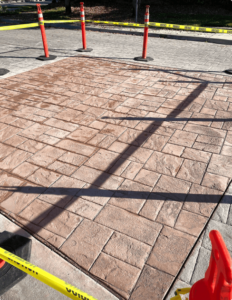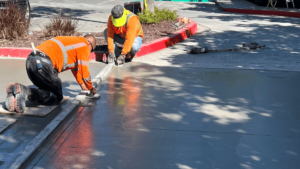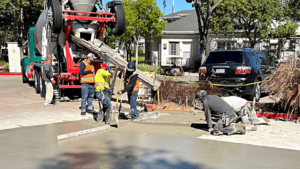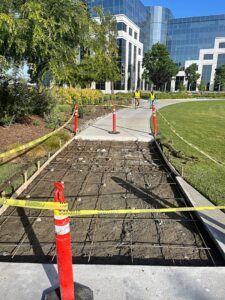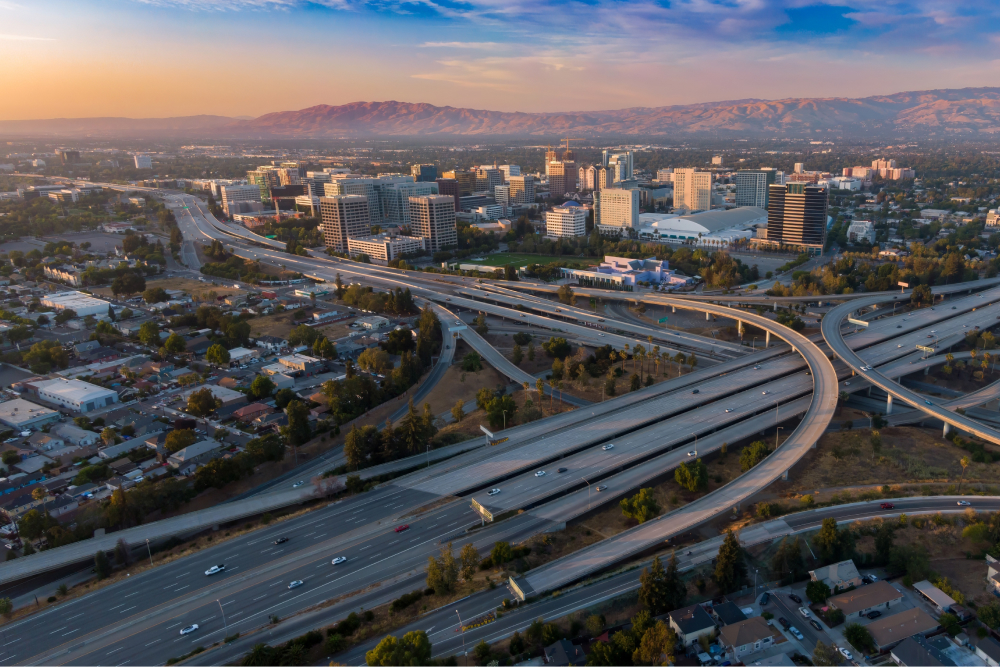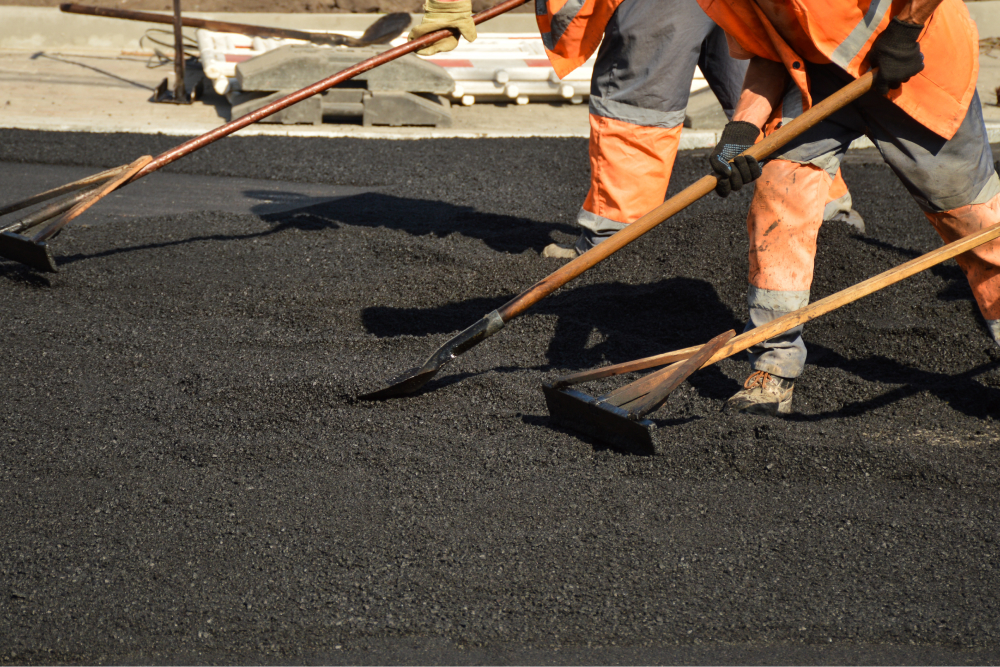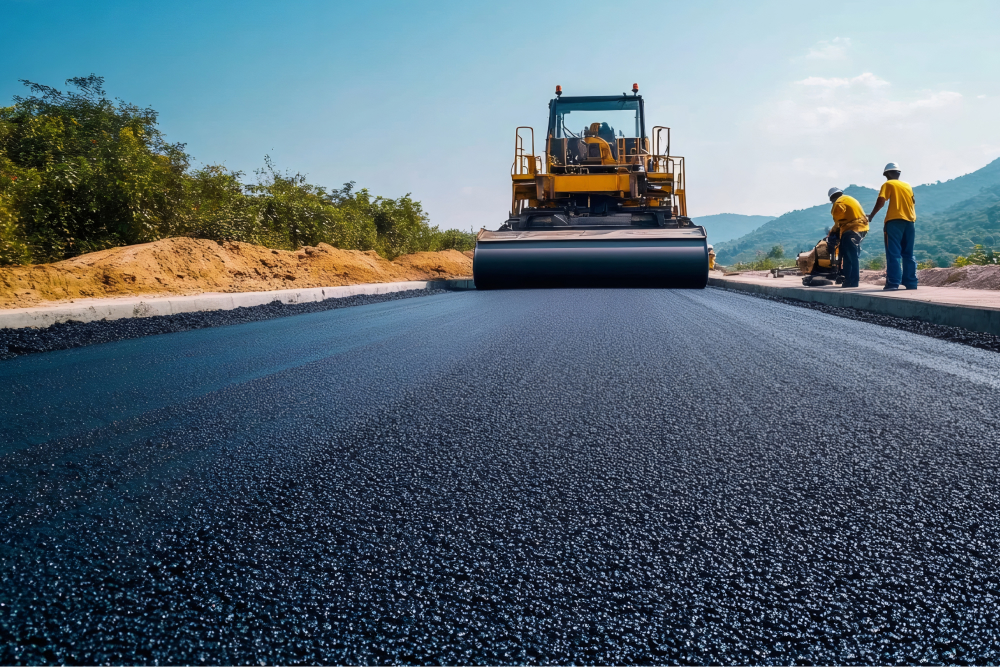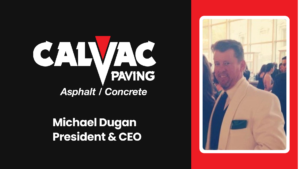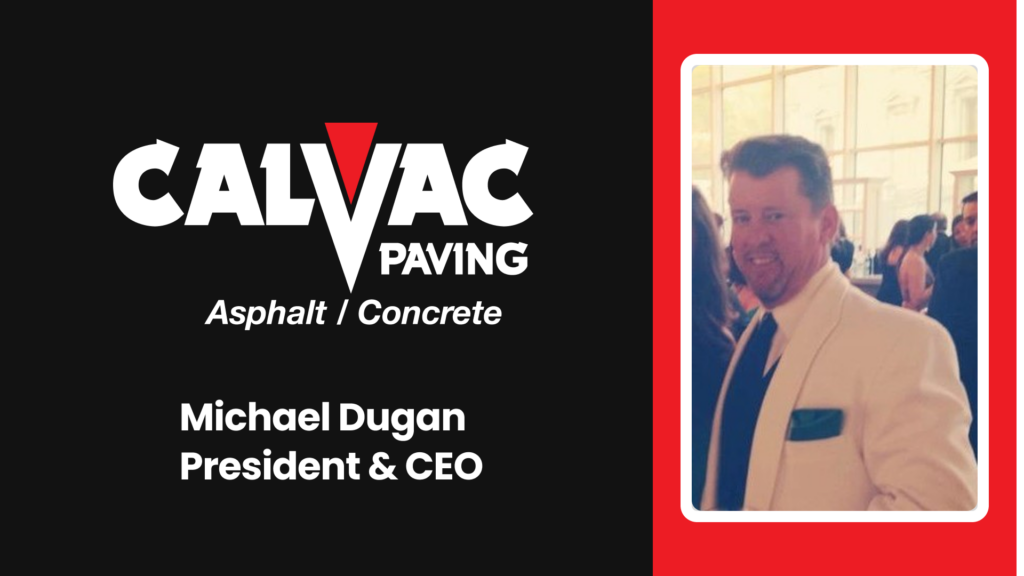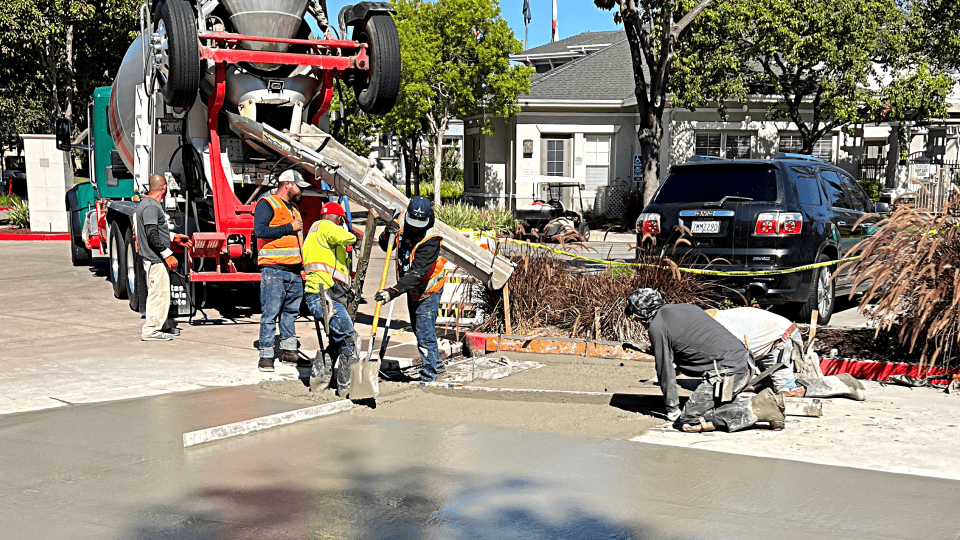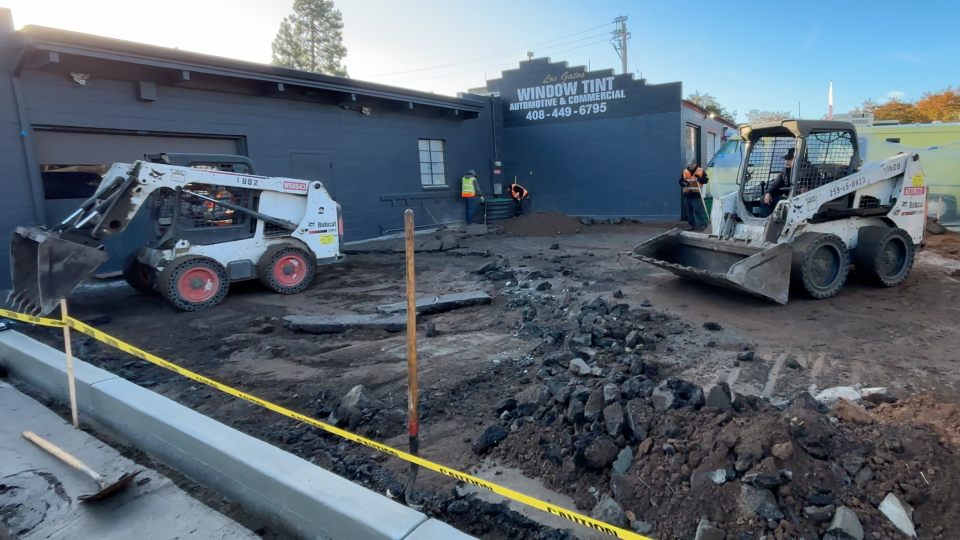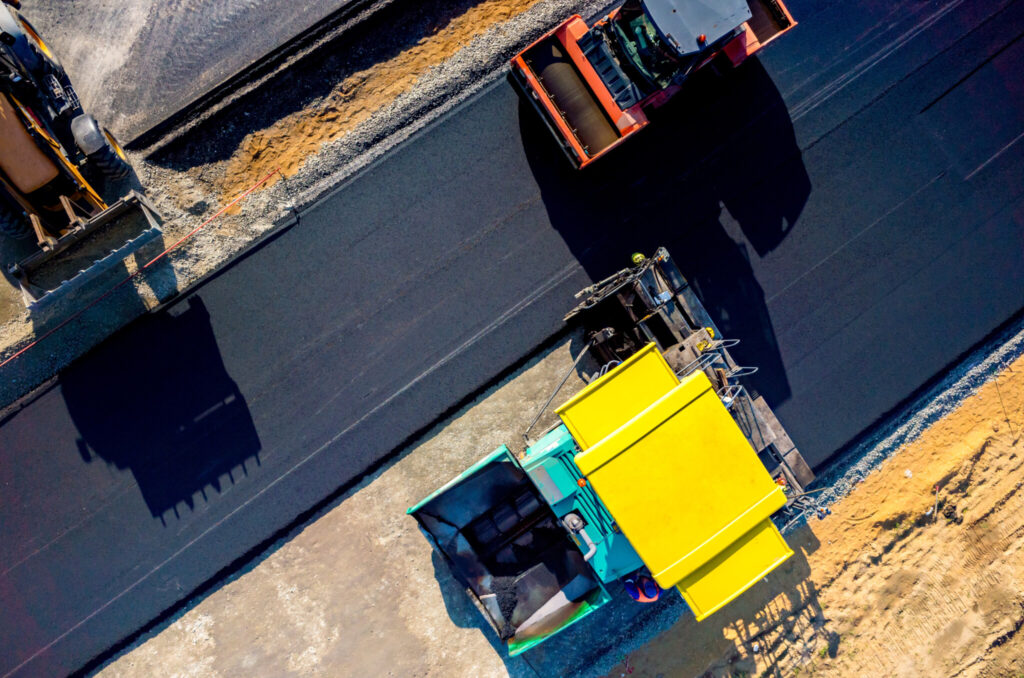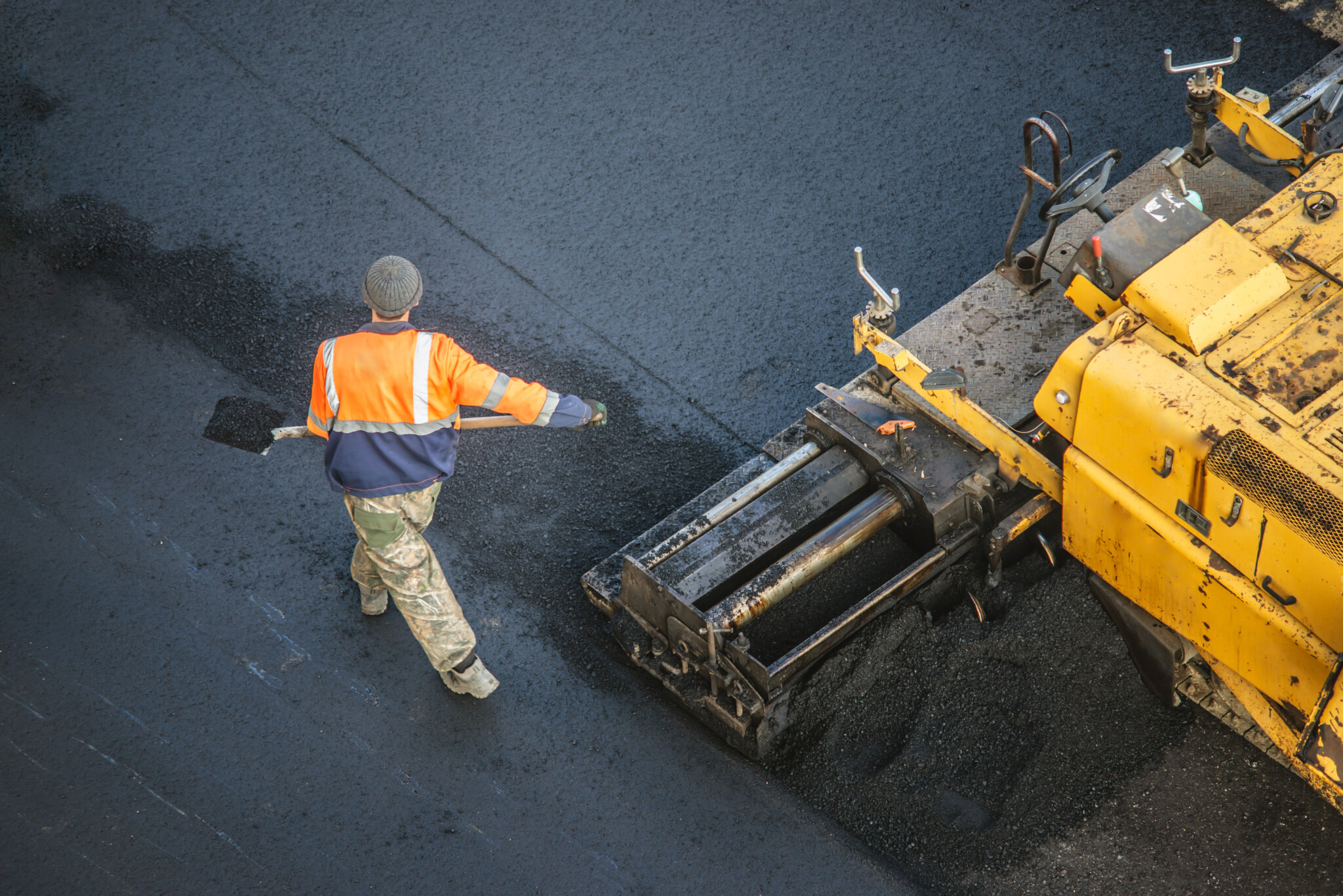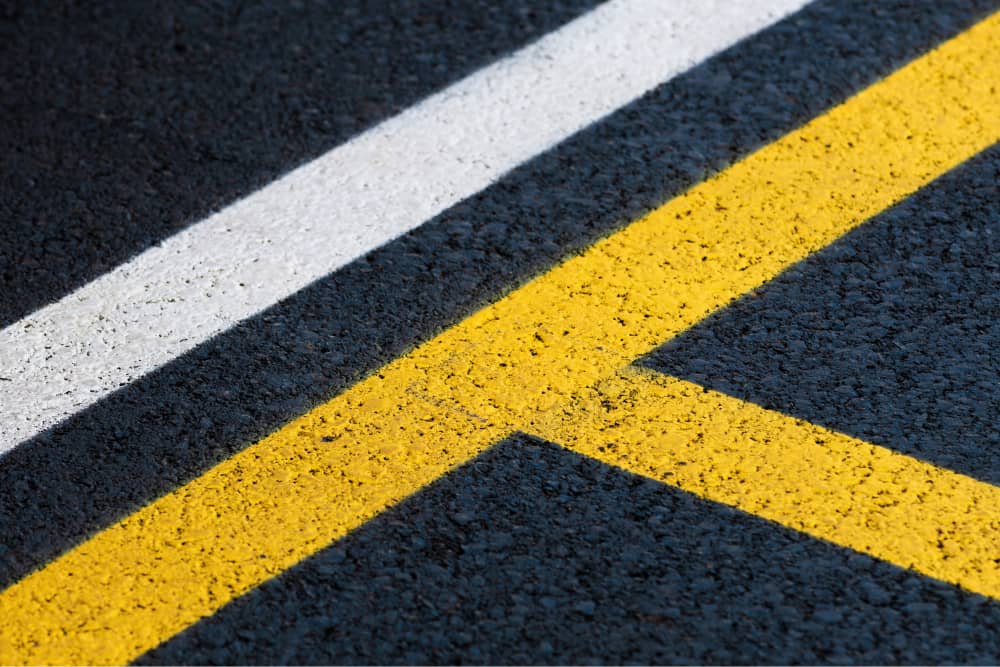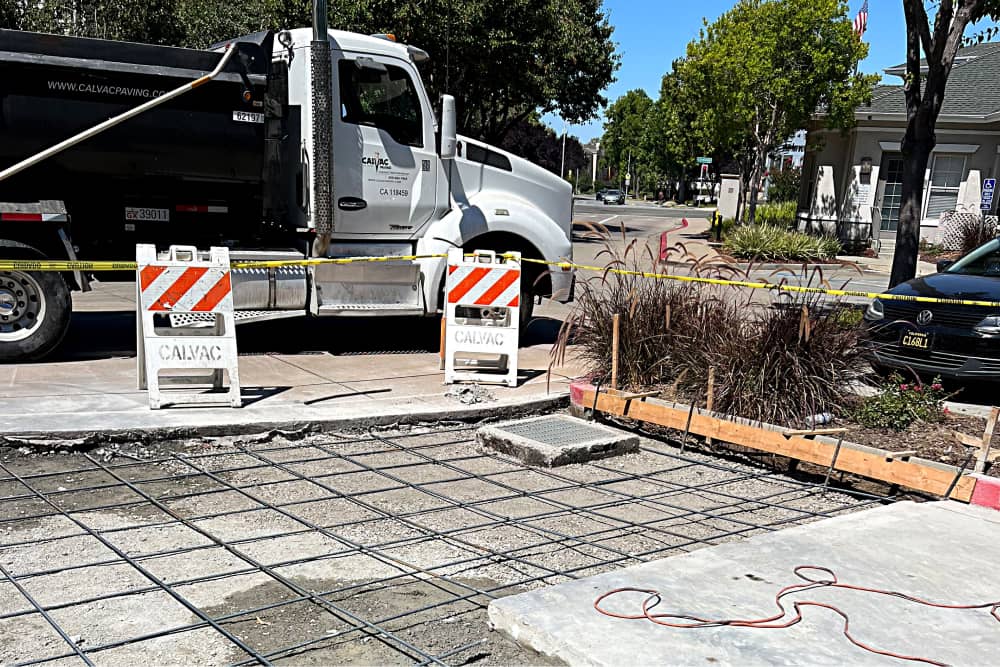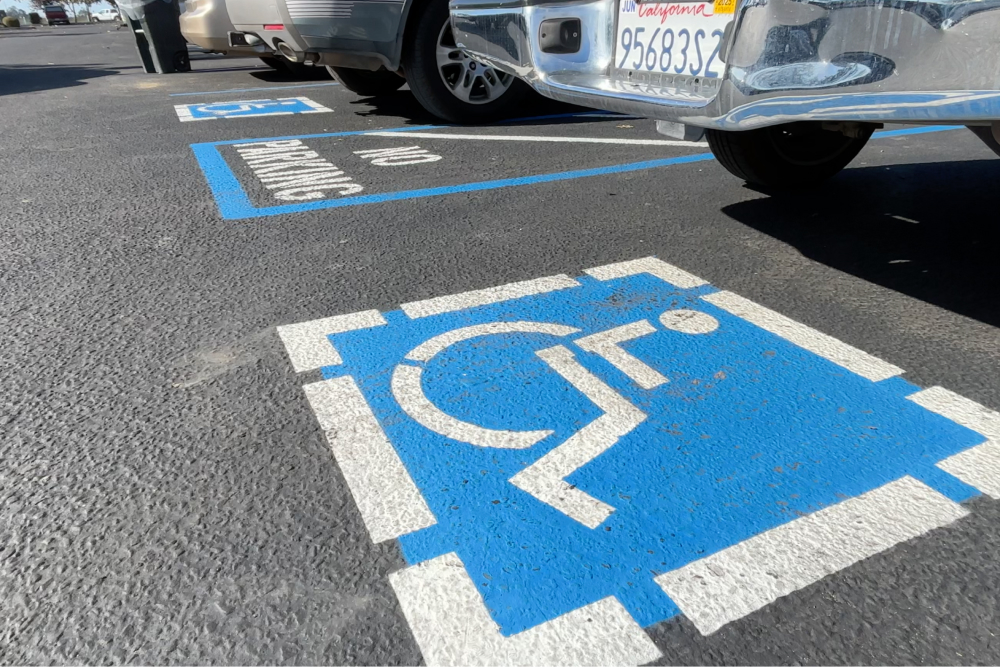See our work on social media:
Hear from a paving expert! Fill out the form below
Can Asphalt Be Laid Over Concrete
By Calvac Paving
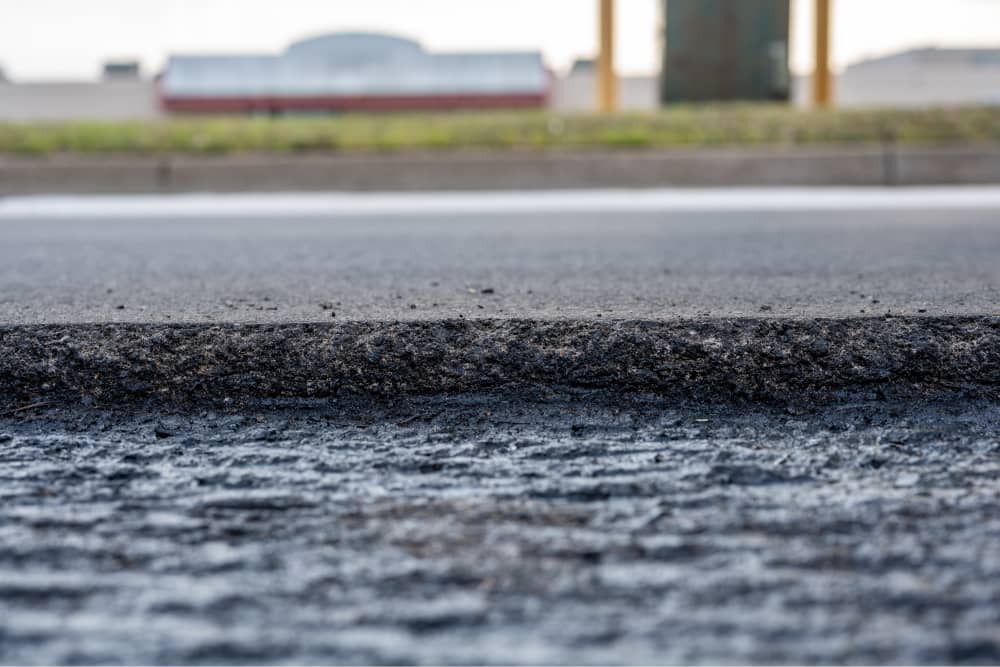
Can asphalt be laid over concrete? If you are dealing with old cracked concrete and wondering if asphalt is a good solution, you are not alone. One of the most common questions we hear is can asphalt be laid over concrete?
The short answer is yes, but only if it is done the right way.
In this guide, we will break it down in simple terms. You will learn when asphalt over concrete works, when it does not, and what steps are needed to make it last. This is based on real world paving experience and best practices used by professional asphalt contractors.
Can Asphalt Be Laid Over Concrete
Yes, asphalt can be laid over concrete, but it is not as simple as paving right on top.
Concrete and asphalt behave very differently. Concrete expands and contracts in large slabs. Asphalt is flexible and moves with temperature changes. If you do not prepare the concrete properly, cracks and joints will transfer up into the new asphalt surface.
That is why surface prep and proper design matter so much.

When Asphalt Over Concrete Is a Good Option
Asphalt over concrete can work very well in the right conditions.
Good situations for asphalt over concrete
• The concrete is mostly intact
• There are no major structural failures
• Cracks are minor and not actively moving
• The concrete has good drainage
• The surface is level and stable
In these cases, asphalt can give you a smooth new driving surface without full concrete removal.
When Asphalt Should Not Be Laid Over Concrete
There are situations where paving over concrete will fail no matter what.
Avoid asphalt over concrete if
• The concrete is severely cracked or broken
• There is heaving or settling
• Large sections are loose or sinking
• Water pools on the surface
• Expansion joints are wide and active
In these cases, full removal and replacement is usually the better long term solution.
Why Cracks Transfer Through Asphalt
One of the biggest issues with asphalt over concrete is crack reflection.
Concrete cracks do not disappear just because asphalt is placed on top. Over time, those cracks and joints push upward and show through the asphalt surface.
This is called reflective cracking and it is the number one reason asphalt over concrete fails early.
How to Properly Lay Asphalt Over Concrete
If asphalt over concrete is going to last, these steps are critical.
Step 1 Surface inspection
A professional contractor should inspect the concrete for movement, drainage issues, and structural damage.
Step 2 Crack and joint treatment
Cracks and expansion joints must be cleaned and treated. In many cases, fabric reinforcement or specialized crack sealing is used to slow crack reflection.
Step 3 Milling or leveling if needed
Uneven concrete may need milling or leveling so the asphalt thickness stays consistent.
Step 4 Tack coat application
A tack coat is applied to help the asphalt bond properly to the concrete surface.
Step 5 Proper asphalt thickness
Asphalt must be thick enough to handle traffic loads. Thin overlays fail quickly.
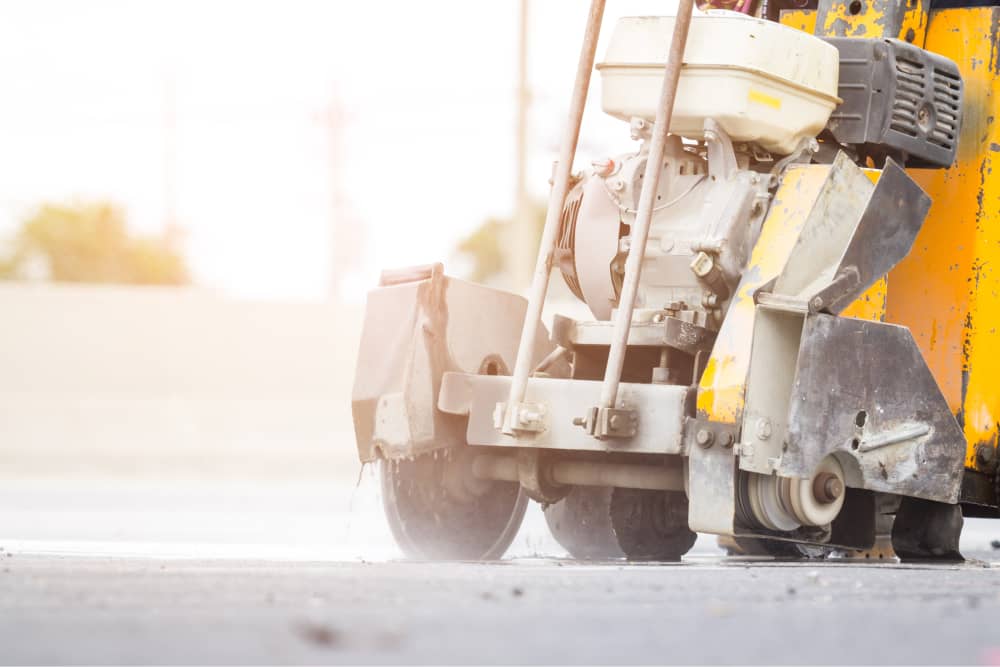
How Thick Should Asphalt Be Over Concrete
Thickness depends on how the surface will be used.
Typical asphalt thickness guidelines
• Driveways usually need at least 2 to 3 inches
• Parking lots often need 3 to 4 inches
• Heavy traffic areas may need more
Thin asphalt overlays are cheaper up front but almost always cost more in repairs later.
Asphalt Over Concrete for Driveways
Many homeowners choose asphalt over concrete for driveways because it looks clean and costs less than full removal.
As long as the concrete base is solid, this can be a smart option. It also allows for faster installation and less disruption.
Asphalt Over Concrete for Parking Lots
Parking lots require extra care.
Vehicle weight, turning movement, and drainage all play a role. Commercial asphalt over concrete projects must be engineered properly to avoid premature cracking.
This is where working with an experienced paving contractor really matters.
Pros and Cons of Asphalt Over Concrete
Pros
• Lower cost than removal
• Faster installation
• Smooth new surface
• Can extend the life of old concrete
Cons
• Cracks can transfer
• Not suitable for badly damaged concrete
• Requires proper prep
• Shorter lifespan if done incorrectly
How Long Does Asphalt Over Concrete Last
When done right, asphalt over concrete can last 10 to 15 years or more.
When done wrong, cracks can appear within months.
The difference comes down to inspection, preparation, and installation quality.
FAQs About Asphalt
Can asphalt be laid over concrete driveways
Yes, as long as the concrete is stable and properly prepared. Driveways are often good candidates for asphalt overlays.
Will cracks in concrete show through asphalt
Over time, yes. Proper crack treatment and fabric reinforcement can slow this process but not eliminate it completely.
Is asphalt cheaper than concrete
Yes, asphalt is usually more affordable upfront and faster to install.
Does asphalt stick to concrete
Yes, when a tack coat is used. This bonding layer is critical for long term performance.
Can you asphalt over concrete without removing joints
Joints should always be addressed. Ignoring joints leads to fast crack reflection.
FAQs About Calvac Paving
Who is Calvac Paving
Calvac Paving is a full service asphalt and concrete contractor serving the Bay Area. We work on driveways, parking lots, HOAs, and commercial properties.
Does Calvac Paving do asphalt over concrete projects
Yes. We evaluate each project to determine if asphalt over concrete is the right solution or if removal is the better option.
How do I get a quote from Calvac Paving
You can request a free quote by visiting our website or contacting our team directly.
Does Calvac Paving handle commercial and residential paving
Yes. We work with homeowners, property managers, HOAs, and commercial clients.
Final Thoughts
So can asphalt be laid over concrete?
Yes, but only when it is done correctly.
If the concrete is stable and properly prepared, asphalt can be a cost-effective way to refresh a surface and extend its life. If the concrete is failing, asphalt will not fix the problem.
The key is working with an experienced paving contractor who understands how concrete and asphalt interact.
If you are unsure whether asphalt over concrete is right for your project, Calvac Paving is happy to help you evaluate your options and avoid costly mistakes.
